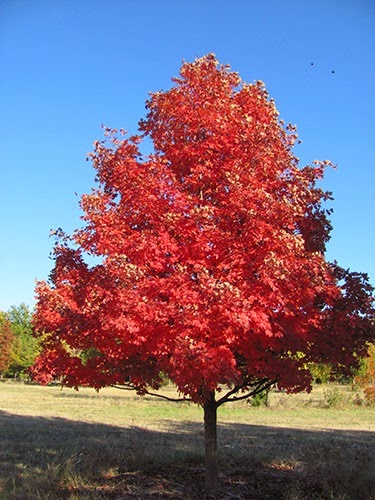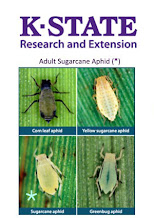Wheat Freeze Damage?
by Sandra Wick, Agriculture and Natural Resources Agent
Well, mother nature has also brought some cold temperatures where the thermometer dipped well below freezing. So the big question is……how it or did it affect the wheat crop?
 For the most part, the wheat crop is 2-3 weeks behind schedule for this time of year due primarily to the dry soil conditions. So this is good news as the extent of the potential damage of the wheat is significantly determined by the stage of development of the wheat plant. So there are other factors that can affect freeze damage that include the density of the stand and condition of the plants, the amount of residue on the soil surface, the extent and duration of low temperatures along with the soil moisture.
For the most part, the wheat crop is 2-3 weeks behind schedule for this time of year due primarily to the dry soil conditions. So this is good news as the extent of the potential damage of the wheat is significantly determined by the stage of development of the wheat plant. So there are other factors that can affect freeze damage that include the density of the stand and condition of the plants, the amount of residue on the soil surface, the extent and duration of low temperatures along with the soil moisture. So for the most part, much of the wheat in the northcentral part of Kansas is still in the tillering stage and has not really starting the next stage which is jointing. However, there could be some wheat in the early jointing stages. Jointing simply is when the stem of the wheat plant begins to elongate and the small wheat head begins the journey up the stem. This stage of development puts the wheat head at a more sensitive stage for any cold injury when spring freezes may occur. Tillering wheat will sustain damage to the existing foliage, but usually the growing points should be protected by the soil and should escape injury.
 Jointing wheat can usually tolerate temperatures in the mid to upper 20’s with no significant injury. But, if temperatures fall into the low 20’s or even lower for several hours, the lower stems, leaves or the developing wheat head can sustain injury. Several of the K-State Research and Extension weather stations across the state reported temperatures well into the low to mid 20’s or even lower. For NC Kansas, Jewell, Mitchell and Osborne counties reported temperatures from 27 degrees F. in Jewell to down to about 18 degrees for more than 6 hours in Osborne County.
Jointing wheat can usually tolerate temperatures in the mid to upper 20’s with no significant injury. But, if temperatures fall into the low 20’s or even lower for several hours, the lower stems, leaves or the developing wheat head can sustain injury. Several of the K-State Research and Extension weather stations across the state reported temperatures well into the low to mid 20’s or even lower. For NC Kansas, Jewell, Mitchell and Osborne counties reported temperatures from 27 degrees F. in Jewell to down to about 18 degrees for more than 6 hours in Osborne County. So what are the symptoms to look for to determine if freeze damage occurred? The best thing producers can do for the first few days is to simply walk the field to observe damaged leaves or crimped stems. But more importantly, BE PATIENT!!! Do not take immediate actions as a result of the freeze as it will take several days of warm weather, maybe 7-10 days, to accurately evaluate the damage. One of the most noticeable signs of some damage will be to the leaves, so look at how the wheat plant reacts after the 7-10 days of warm temperatures. If new tillers develop with a good green color, then the tiller is probably still alive. However, if the newly emerging leaves are yellow, that could indicate that the tiller is dead or damaged.
K-State Research and Extension has an excellent publication entitled, Spring Freeze Injury in Kansas, available online at: http://www.ksre.ksu.edu/bookstore/pubs/c646.pdf or at any Post Rock Extension District Office.








